The hammer-headed bat, also known as the hammer head fruit bat and big-lipped bat, is one of the most unique species of bats around. They’re a type of megabat, just like flying foxes.
They’re considered frugivorous, which means their diet mainly consists of fruits. This, paired with the loud honking sound they make, has caused many people to consider them pests.

Hammer-headed Bat Facts Overview
Habitat: Lowland tropical forests, riverine forests, swamp forests, and mangrove forests
Location: West and Central Africa
Lifespan: Up to 30 years
Size: Wingspans up to 1 meter (3 feet) long
Weight: 8.3 to 15 ounces
Color: Brown with lighter markings such as light brown or orange
Diet: Fruits such as figs, bananas, and mangoes. Meat-eating is rare, but may occur
Predators: Hawks and other large birds of prey
Top Speed: Up to 96 kph (60 mph)
No. of Species: 1
Conservation Status: Not threatened

The hammer-headed bat is considered the largest bat in all of mainland Africa. They’re also the third largest bat in the entire world.
While they’re considered pests in much of Africa, they are also an important part of day-to-day life in the countries the species is found. This is because they are considered bushmeat. As a result, they help contribute to the daily protein needs of the people there.
Although they are hunted for a variety of different reasons, the hammer-headed fruit bat isn’t considered to be endangered or threatened. This is because they have a wide habitat distribution with estimated high populations.
Hammer-headed bats mate through what is known as a ‘lek system’. 1
Males gather together in groups to attract females and impress them with courtship rituals, which involves ‘calling‘ to entice females to mate. They sound a little like croaking frogs! Like many other mammals, baby bats are known as pups.
Hammer-headed bats will sleep during the day in tree roosts individually or in small groups of 4-5, and forage for food at night.
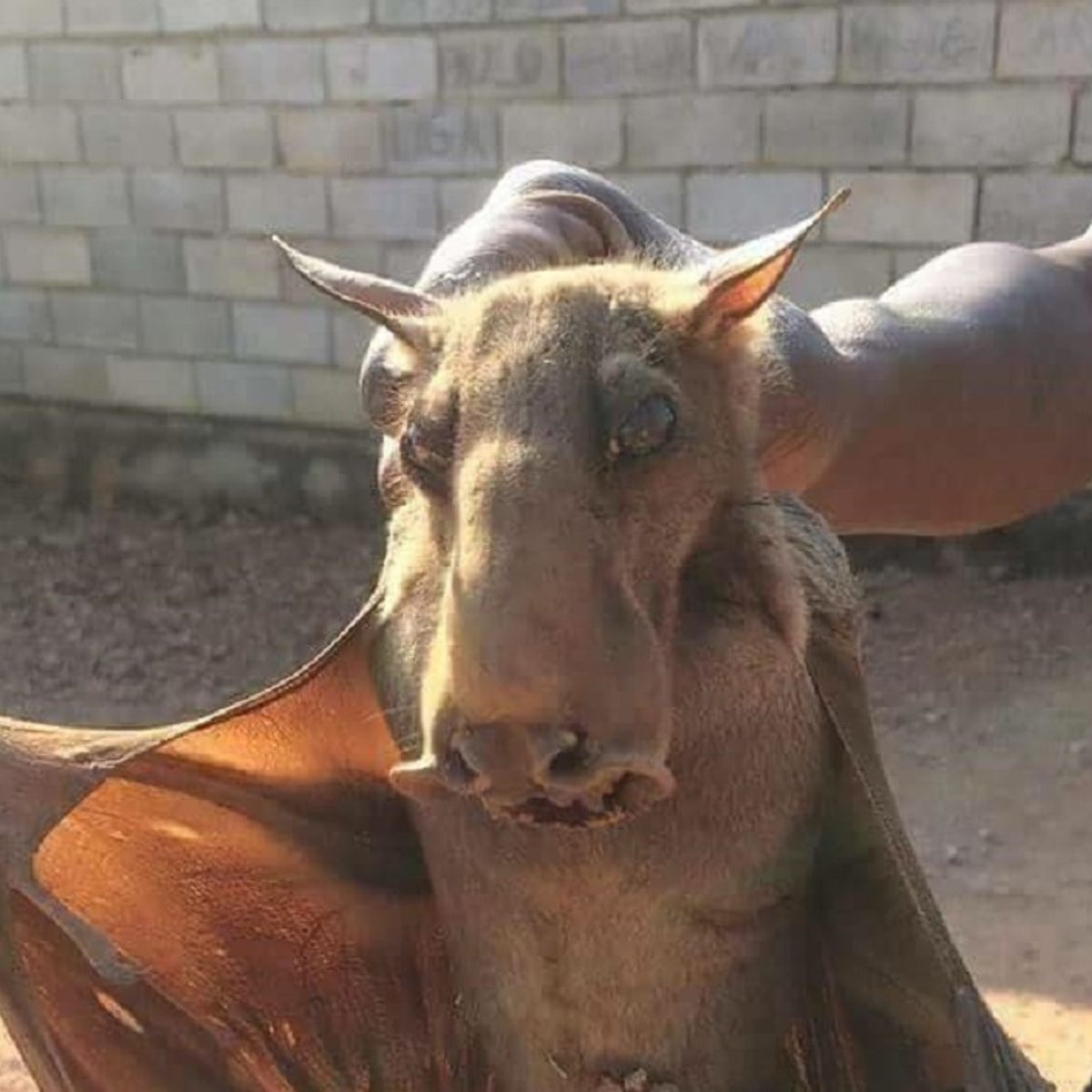
Interesting Hammer Head Bat Facts
1. They’re one of the largest bats in the world
As a species of megabat, the hammer-headed bat is one of the largest species of bat in the entire world.
In fact, they rank at about number three, right after different species of flying fox. They have wingspans rivaling those of small birds of prey – around 1m in length (3.3 feet), and their forearms are more than half the size of human forearms.
Their size has allowed for the hammer-headed bat to be the largest bat in all of mainland Africa. 2
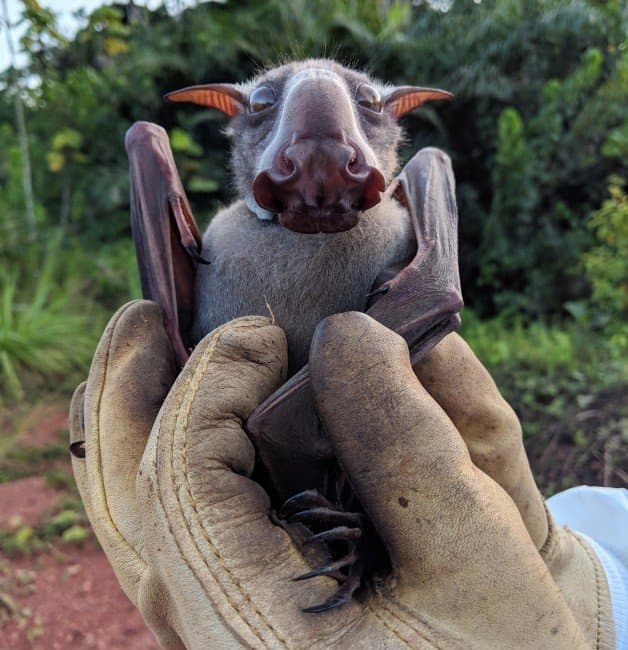
2. Hammer-headed bats are known to have different personalities
Believe it or not but hammer-headed bats actually have highly noticeable personalities that can differ from individual to individual. This is best observed when trying to further research and tag individuals to track their activity and behavior.
In order to track hammer-headed bats, scientists have to place GPS collars on them. This means that they’d have to hold the hammer-headed bat. Some individuals have been recorded to be docile and wait patiently to be released. Others were much more rebellious and would often bite, causing the scientists to need thick leather gloves.

3. They can have twins
While they’re not so uncommon in certain animals, hammer-headed bats, like humans, don’t often have twins. Instead, they usually only have one baby per pregnancy, which can happen up to twice a year. However, while this is the norm, twins have been reported!
4. The hammer-headed bat’s tongue acts as a straw
Because hammer-headed bats eat mainly fruit, their anatomy is designed in a way to help them get the most out of their diet. Their tongue is no exception.
The hammer-headed bat’s papillae are for more than just tasting – they also act as a straw! These little bumps on their tongue face backward, which allows for the hammer-headed bat to easily suck out the juices from their favorite fruit.
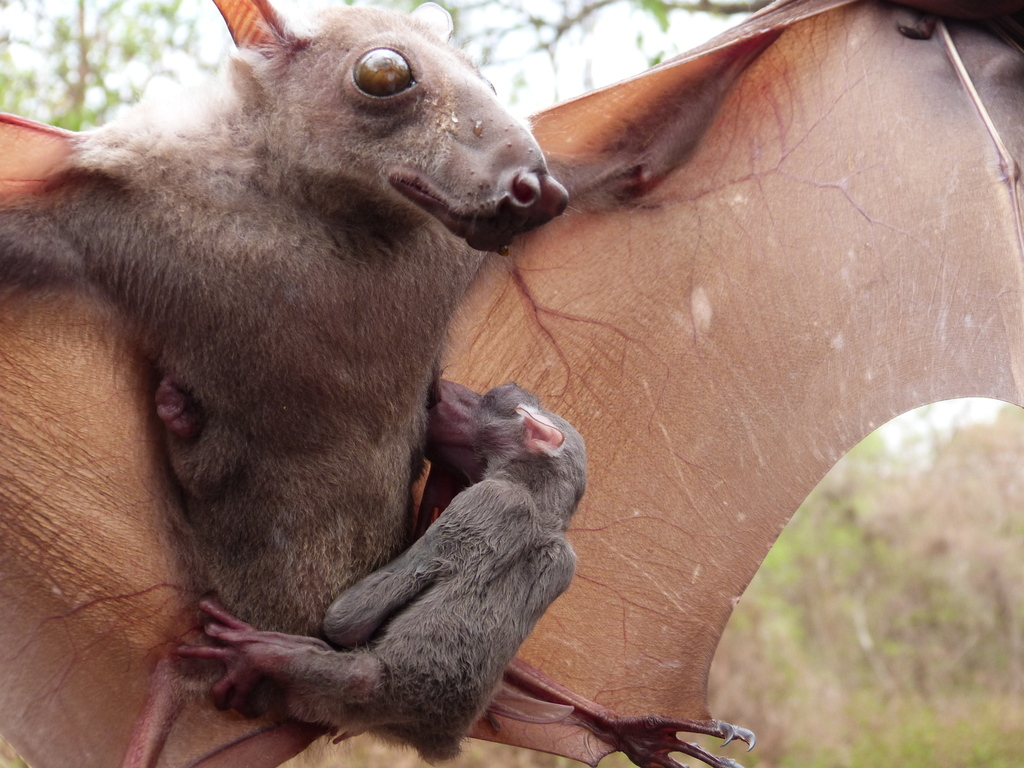
5. Their large face is a part of their mating rituals
The hammer-headed bat is named for its large head. However, this is actually only most notable in males, with females having an appearance more like other megabats.
Remember how earlier in this article we mentioned that hammer-headed bats are viewed as pests because of the loud ‘honking’ noise they make?
That noise can actually be traced back to the shape and size of their head. The male hammer-headed bat’s head is designed in such a way to echo, and thus amplify their calls. They have large resonating chambers on their faces, which help them find a mate.
Male’s vocal chords are also three times the size of females, and their larynx is so large, it displaces other organs, such as their heart, lungs, and gastrointestinal tract.
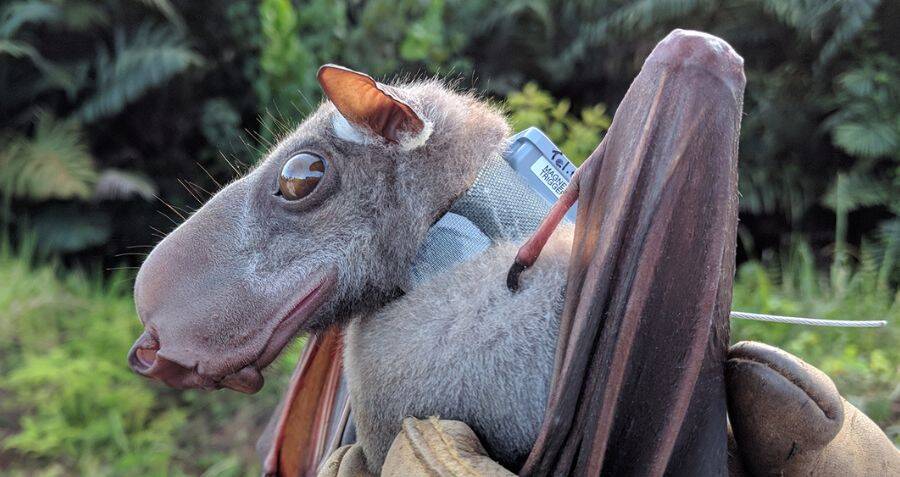
6. 6% of males are involved in 80% of matings
Females visiting the lek select a male to mate with, and interestingly a study found that it’s often a relatively small number of males that are chosen by many of the females for mating!
7. It’s difficult to keep a hammer-headed bat in captivity
Although some zoos can be beneficial to both animals and humans, not all animals will thrive in captivity. Take the great white shark, for instance. The hammer-headed bat falls somewhere in the middle, able to live in captivity but has certain needs that have to be attained in order to survive.
Hammer-headed bats can become easily stressed, especially if they’re being moved often. As a result, they require long-lasting residencies in zoos. They also need access to a variety of food and care.
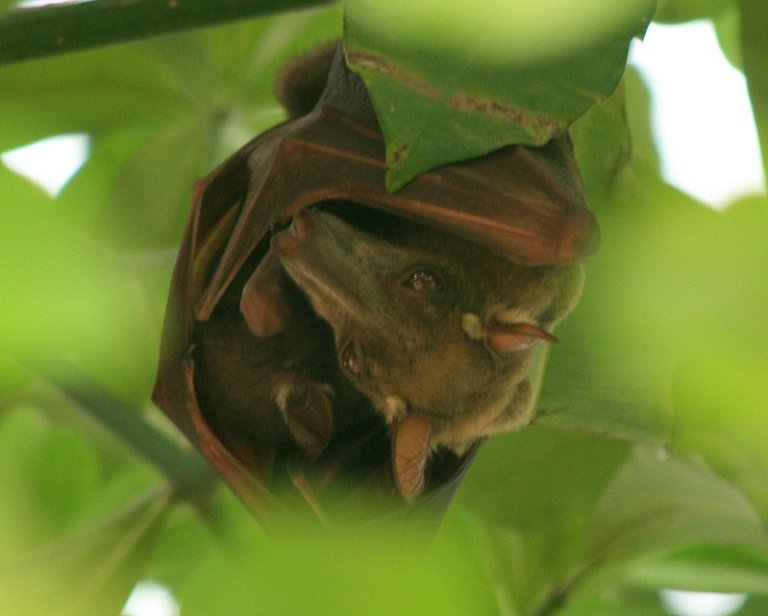
8. Some people eat hammer-headed bats
Hammer-headed bats are considered bushmeat in certain countries in Africa. This is seen most commonly in Nigeria and the Democratic Republic of the Congo.
It is hunted and eaten year-round in Nigeria. However, in the Democratic Republic of the Congo, it is typically only eaten seasonally.

9. They are being investigated as a reservoir of the Ebola virus
Ebola is a severe and often fatal hemorrhagic fever, which can be caught and passed from animals to humans.
Some hammer-headed bat’s have been tested positive for having antibodies for the virus, although Ebola itself has not been detected in the bat itself.
The reserviors for the Ebola are still unknown, although the natural reservoir is thought to be bats.





